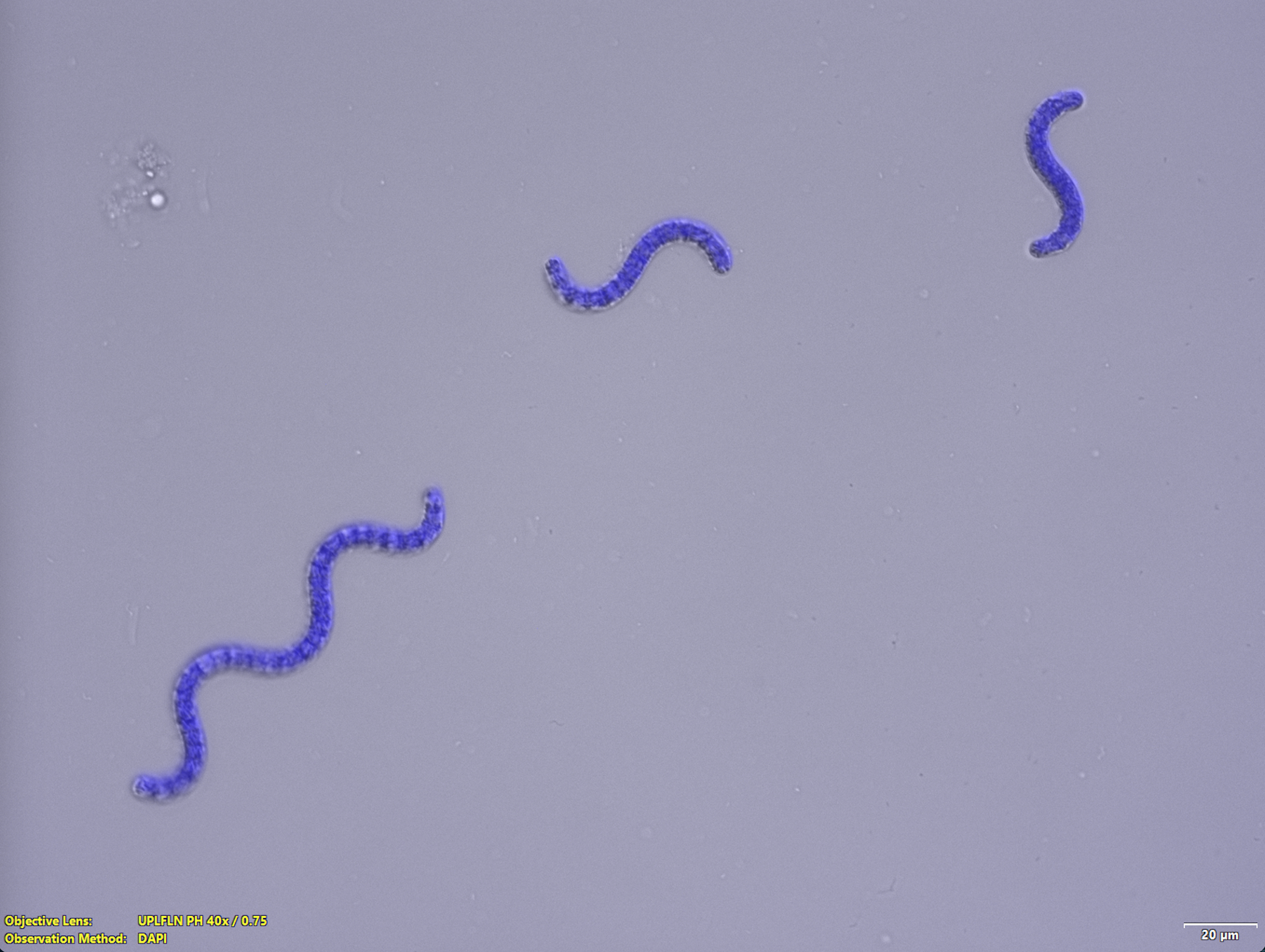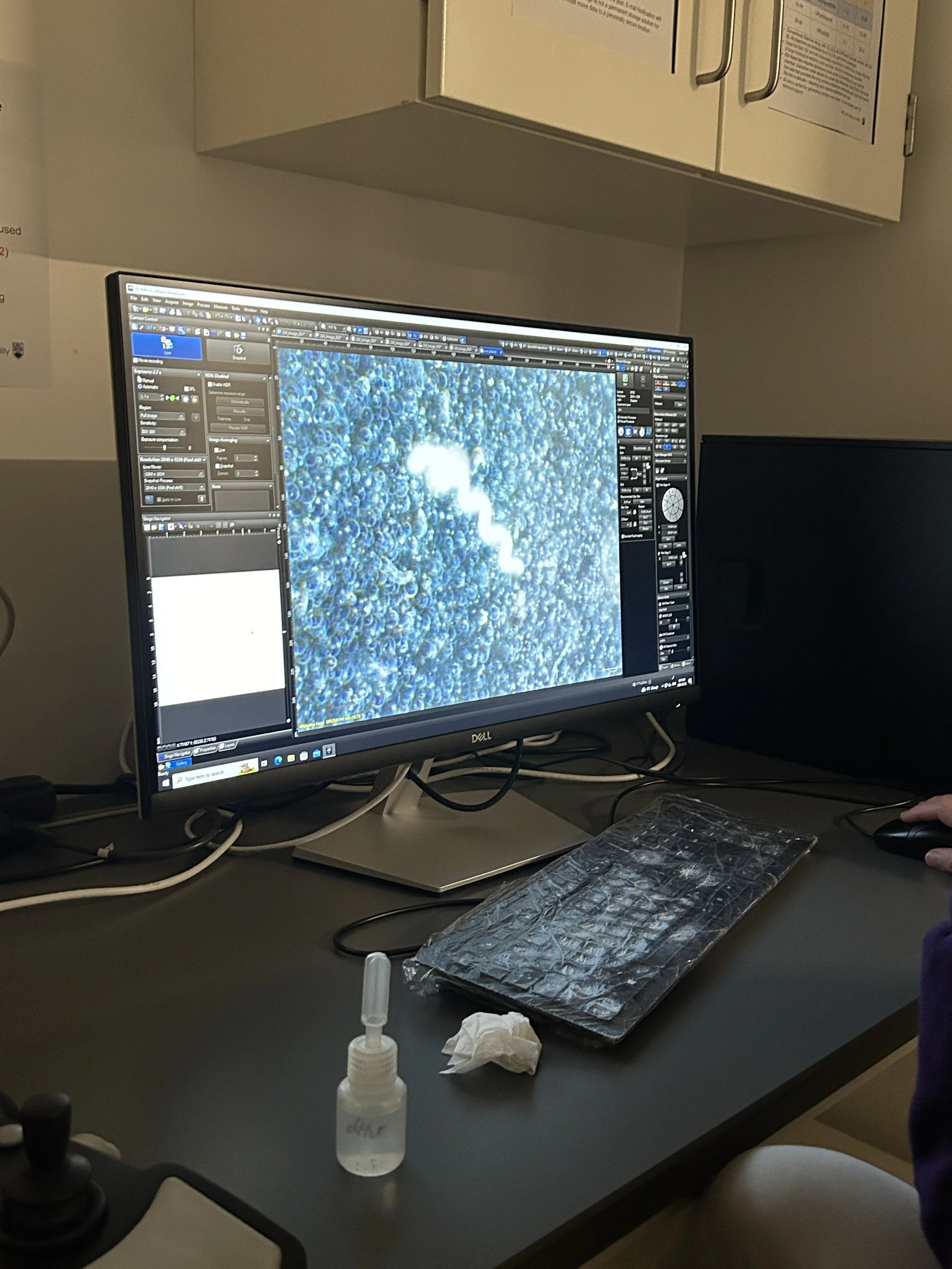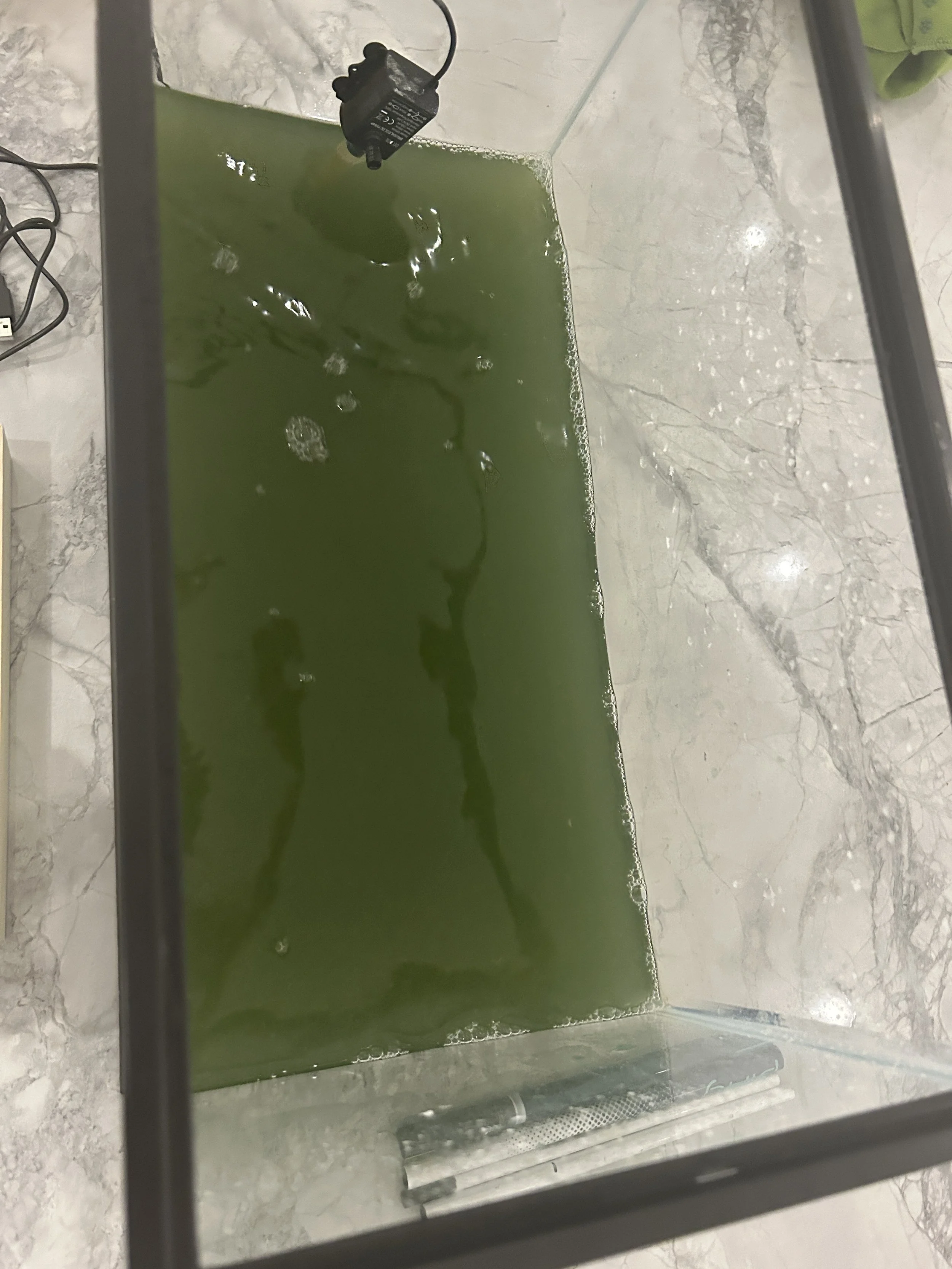All About The Technology
How Do BPVs Work?
At its core, the BPV is an algae-powered generator. It utilizes the photosynthetic process of algae to convert solar energy into electrical energy. This process is enhanced by feeding the algae with nutrients found in hypoxic waters, particularly nitrogen and phosphorus. As the algae consume these nutrients, they purify the water while simultaneously producing electricity. This dual-function approach not only offers a sustainable method of generating power but also provides an innovative solution to improve water quality.
Dual-Purpose BPVs in Action
applications to power generation
From the electron transport chain, the electrons that are typically used to reduce NADP+ to NADPH will instead travel outside the chloroplast, with the aid of the electron carrier, to the anode, that will then produce a current by passing through the outer circuit of the battery cell.
Website: Biological Photovoltaics (BPV)
Energy
longevity compared to convetional batteries
non-toxic, abundant, and low-cost materials
algal self-repair and durability
renewable source
Water
improved marine environment for all organisms
improved water supply
efficient treatment for bodies of water affected by eutrophication
All About Algae
Algae are photosynthetic protists.
photosynthesis
Algae use photons to convert solar energy into ‘food’, specifically, glucose.
They are aquatic microorganisms that have the “capacity to remove carbon dioxide: It absorbs about as much carbon as all the plants and trees on land combined” -Raffael Jovine
CO2 + H2O + light –> O2 + C6H12O2
Self-repair abilities: if their chlorophyll pigments are harmed, in several days, they are able to ‘revive’ themselves.





